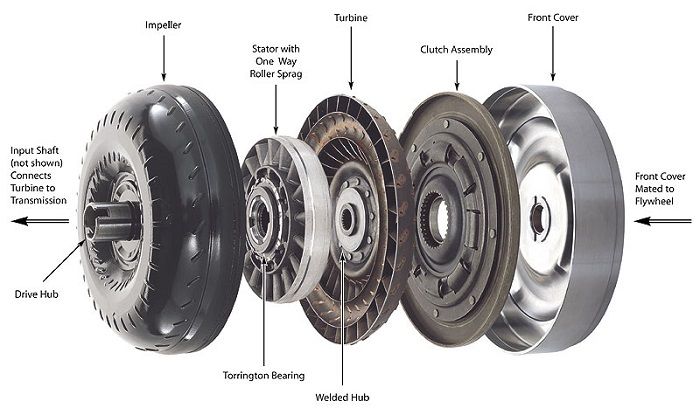Blog

Signs of Automatic Transmission Problems
1. Transmission Fluid Color and Condition
Automatic transmissions use transmission fluid (or ATF) to operate the clutches and bands needed to change gears, not to mention cooling and lubricating the many parts of the transmission. But transmission fluid doesn’t last forever, which is why it’s crucial to check your car’s transmission fluid at least once a month. Checking the fluid of your transmission can tell you a lot about its condition as well as if it needs to be changed.
Dirty or burnt fluid are instances where your transmission is just begging for a fluid change. New transmission fluid is a transparent pinkish red while worn fluid is either dark brown or black (often with bits of contaminants, metal, or dirt). Also make sure to check the smell, as a fluid that smells burnt is a red flag for problems.
2. Low Fluid Levels
An automatic transmission requires a certain amount of ATF to work, and too little could cause disastrous complications to occur. Problems that low fluid levels can cause includes slipping, shaking, shifting issues, overheating, and failure altogether. You can see whether the fluid levels are low by checking the transmission fluid, which is a simple process with the use of the transmission dipstick. If levels are low, the solution to this is simply to add more of the recommended ATF to your transmission. But low fluid levels could also indicate a leak within your transmission, which is one of the many other signs of automatic transmission problems on our list.
3. Signs of Leaks
Leaks mostly occur because of a gap somewhere in your transmission. The most common places to find leaks are the seals, transmission lines, loose pans, or faulty gaskets. Replacing the faulty part is often enough to fix a leak although the difficulty of replacing the part will vary. Fluid leaks require immediate attention though, as the longer you hold out the more fluid will leak. This will eventually lead to problems commonly associated with low fluid levels.
4. Overheating
Overheating is one of the worst things your transmission can go through which is why it would be wise to prevent it from happening. Overheating can cause parts of the transmission to malfunction as well as decrease its overall life. Overheating is often a product of inefficient fluid so look for any signs of low, dirty, or burnt fluid. Any of these could indicate signs of automatic transmission problems, which means that you should change the fluid immediately.
5. Transmission Slipping
If you step on the gas but find that you don’t accelerate or the engine revs, this is a sign of transmission slipping. There are many reasons why your transmission could be slipping though, such as inefficient fluid, defective solenoids, burnt clutch discs, or worn gears to name a few. If you experience slipping firsthand, the best thing to do is avoid driving as much as possible, since slipping can lead to rapid clutch wear. If your clutch discs wear out too much, you’ll have to have the transmission taken apart in order to replace them which could be costly.
Having issues buying a new transmission? For your suspension and power steering, Get gearbox with 5% Off sale. Visit http://
Posted on May 2017,01 // Author: Admin